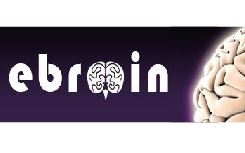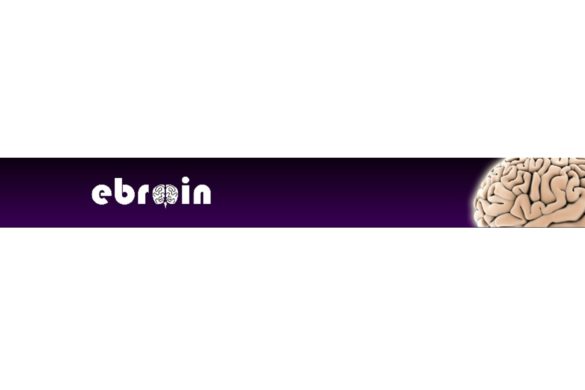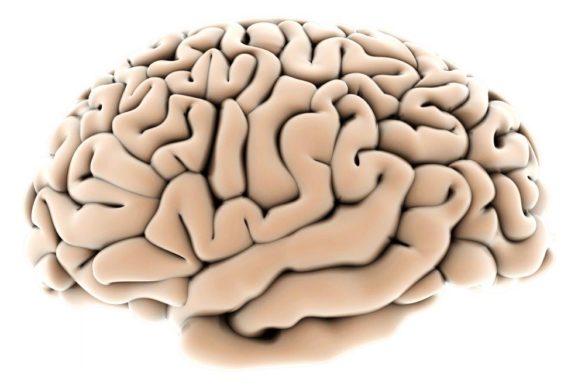
by Antonella Macerollo
Dear Readers,
An interesting interactive case has been published in eBrain this month. It has been written by the neurology, radiology and neurosurgery teams from Belgrade, Serbia. Please, find below the abstract.
To see the full case, please log-in via the EAN-website, and once you are on the eBrain page, go to “virtual patient cases”:
*******************************************************
Urgent carotid stenting before cardiac surgery in a young male patient with acute ischemic stroke caused by aortic and carotid dissection
Authors: R. Popovic, Neurologist, Clinic for Neurology, S. Radovinović-Tasic, Radiologist, Institute for Radiology, S. Rusovic, Radiologist, Institute for Radiology, Lepic, Neurologist, Clinic for Neurology, R. Ilic, Cardiac surgeon, Clinic for Cardiosurgery, R. Raičevic, Neurologist, Clinic for Neurology, D. Obradovic, Neurologist, Clinic for Neurology, all from Military Medical Academy, Belgrade, Serbia
Acute aortic dissection (AD) is the most common life-threatening disorder affecting the aorta. Neurological symptoms are present in 17–40% of cases. The management of these patients is controversial. Case report. We presented a 37-year-old man admitted for complaining of left-sided weakness. Symptoms appeared two hours before admission. The patient had no headache, neither thoracic pain. Neurological examination showed mild confusion, left-sided hemiplegia, National Institutes of Health Stroke Scale (NIHSS) score was 10. Ischemic stroke was suspected, brain multislice computed tomography (MSCT) and angiography were performed and right intrapetrous internal carotid artery dissection noted. Subsequent color Doppler ultrasound of the carotid arteries showed dissection of the right common carotid artery (CCA). The patient underwent thoracic and abdominal MSCT aortography which showed ascending aortic dissection from the aortic root, propagating in the brachiocephalic artery and the right CCA. Digital subtraction angiography was performed subsequently and two stents were successfully implanted in the brachiocephalic artery and the right CCA prior to cardiac surgery, only 6 hours after admission. The ascending aorta was reconstructed with graft interposition and the aortic valve resuspended. The patient was hemodynamically stable and with no neurologic deficit after surgery. Unfortinately, at the operative day 6, mediastinitis developed and after intensive treatment the patients died 35 days after admission. Conclusion. In young patients with suspected stroke and oscillatory neurological impairment urgent MSCT angiography of the brain and neck and/or Doppler sonography of the carotid and vertebral artery are mandatory to exclude carotid and aortic dissection. The prompt diagnosis permits urgent carotid stenting and cardiosurgery. To the best of our knowledge, this is the first published case of immediate carotid stenting in acute ischemic stroke after the diagnosis of carotid and aortic dissection and prior to cardiac surgery.
Please also visit the article about the Serbia “country of the month” for July.







